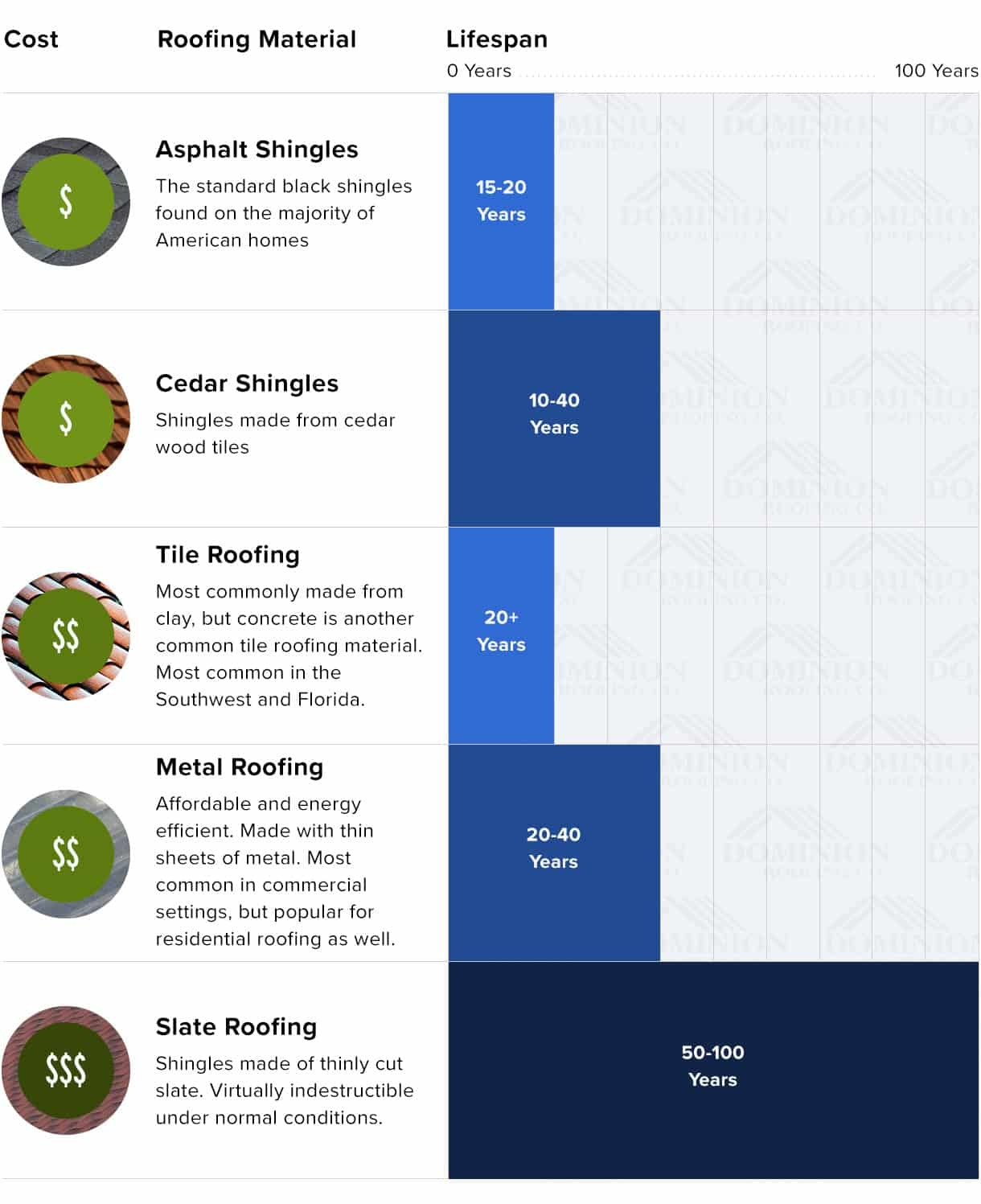The Importance Of Roof Covering Ventilation In Getting An Effective Installation
The Importance Of Roof Covering Ventilation In Getting An Effective Installation
Blog Article
Content Create By-Morrow copyright
When you're taking on a roofing task, you may not assume much about roofing air flow, however it's more crucial than you realize. Efficient air flow helps regulate temperature level and wetness in your attic room, avoiding problems like mold and mildew and structural damage. By comprehending just how to design and set up a well balanced ventilation system, you can improve power efficiency and lengthen the lifespan of your roof materials. So, what are the essential variables to take into consideration throughout installation that can make all the difference?
Importance of Roof Air Flow
Roofing ventilation plays an essential function in maintaining the overall health and wellness of your home. By permitting fresh air to flow through your attic, it helps regulate temperature and wetness degrees. This equilibrium is essential to avoid heat buildup throughout warm months, which can cause enhanced energy costs as your a/c works overtime.
Additionally, appropriate air flow significantly decreases the risk of moisture-related problems like mold and mildew and mildew. If humidity levels climb, your home's structural integrity can be endangered, causing costly repairs. You would not intend to manage decaying wood or warped roof materials, right?
In addition, adequate air flow expands the life expectancy of your roofing system. When warm and dampness are kept in check, your roofing can carry out ideally, avoiding premature deterioration. simply click the following site implies less migraines and costs down the line.
How Roof Covering Air Flow Works
Effective roofing ventilation depends on the all-natural movement of air to create a balance in between intake and exhaust. When you set up vents, you're essentially permitting fresh air to enter your attic while enabling warm, stagnant air to escape. This procedure aids regulate temperature and moisture levels, preventing concerns like mold development and roofing system damage.
Intake vents, normally found at the eaves, attract awesome air from outdoors. On the other hand, exhaust vents, situated near the ridge of the roofing, let hot air rise and departure. The distinction in temperature level creates an all-natural air flow, referred to as the stack result. As warm air increases, it develops a vacuum that pulls in cooler air from the lower vents.
To optimize this system, you need to make certain that the intake and exhaust vents are correctly sized and placed. If the intake is limited, you won't attain the wanted ventilation.
Similarly, not enough exhaust can catch heat and moisture, resulting in possible damages.
Secret Setup Factors To Consider
When setting up roof covering air flow, several essential considerations can make or damage your system's performance. Initially, you need to evaluate your roofing system's layout. The pitch, shape, and materials all influence air movement and air flow choice. Make certain to choose vents that suit your roof type and regional environment problems.
Next, think about the placement of your vents. Preferably, you'll desire a balanced system with consumption and exhaust vents positioned for optimum air flow. Area intake vents low on the roofing system and exhaust vents near the height to motivate an all-natural flow of air. This arrangement aids prevent dampness accumulation and promotes power efficiency.
Do not forget insulation. Correct insulation in your attic room prevents warmth from getting away and maintains your home comfortable. Ensure that insulation doesn't obstruct your vents, as this can prevent air flow.
Finally, consider https://www.forbes.com/sites/noahkirsch/2020/11/17/how-a-former-marine-raised-60-million-to-let-homeowners-measure-their-roofs-from-a-cell-phone/ . Select air flow systems that are very easy to access for cleaning and examination. Normal maintenance guarantees your system remains to operate properly in time.
Final thought
To conclude, roofing ventilation is essential for a successful installment. By making certain proper airflow, you can avoid heat accumulation and dampness problems that bring about expensive damage. When you tactically placement intake and exhaust vents, you boost energy efficiency and lengthen the life-span of your roofing. Keep in mind, a well-ventilated roof not only secures your financial investment however additionally improves your interior air high quality. So, focus on ventilation to make sure a resilient and affordable roof for your home.
